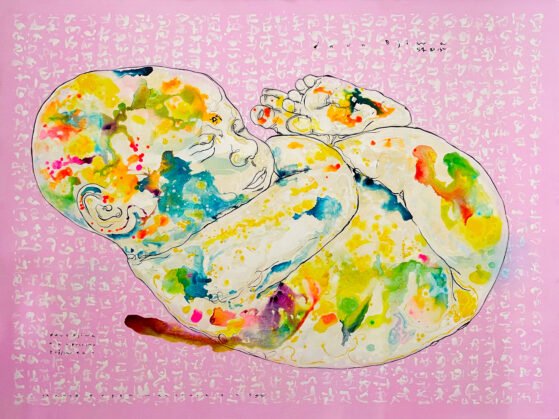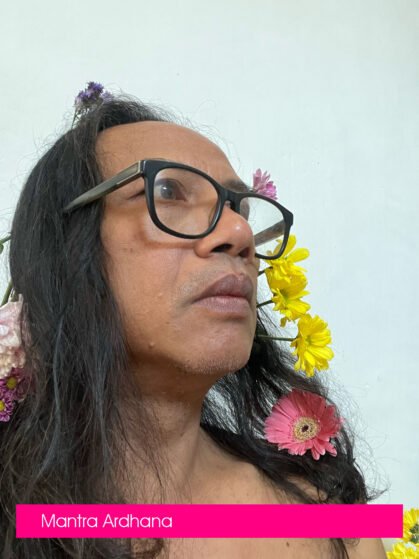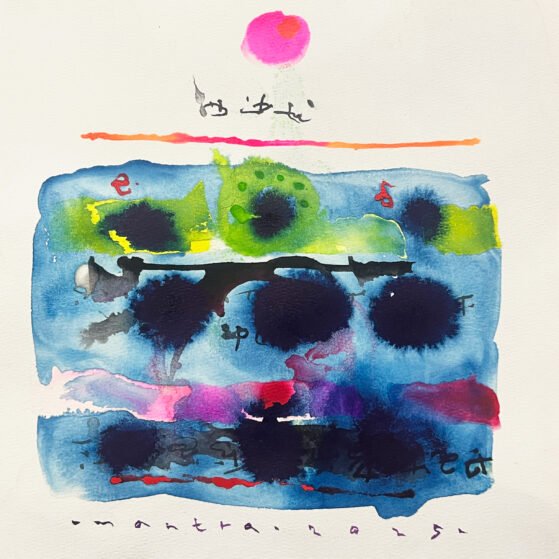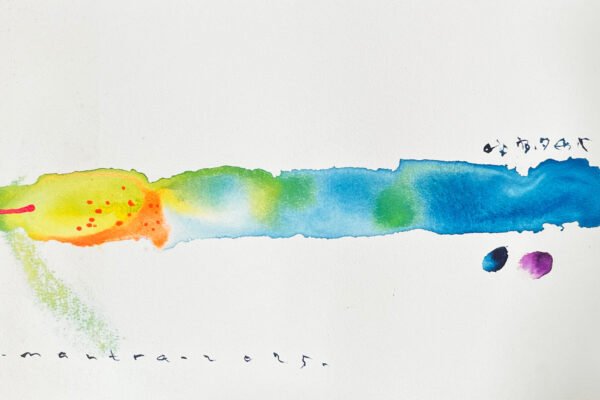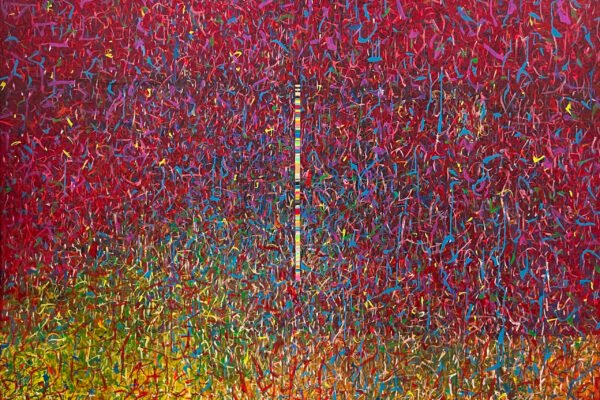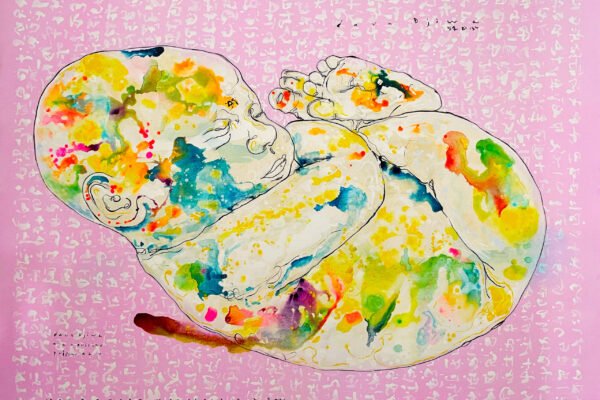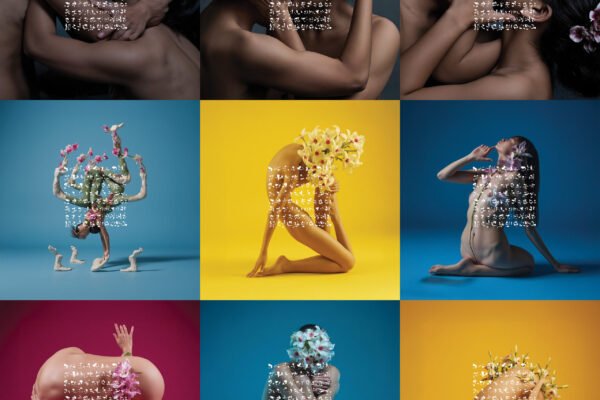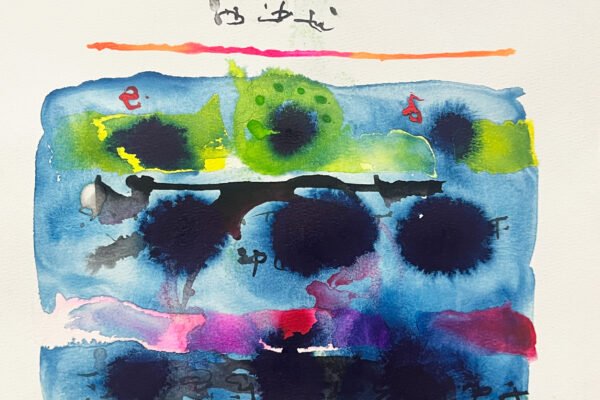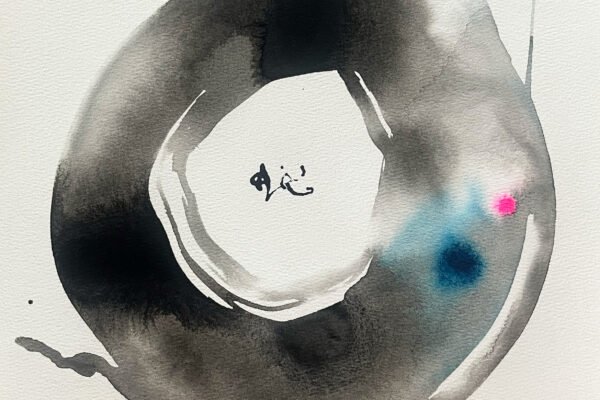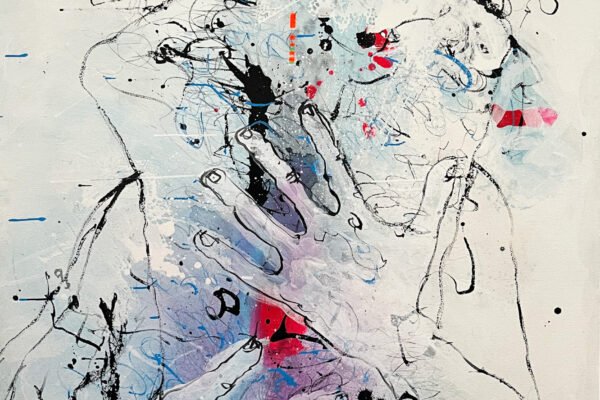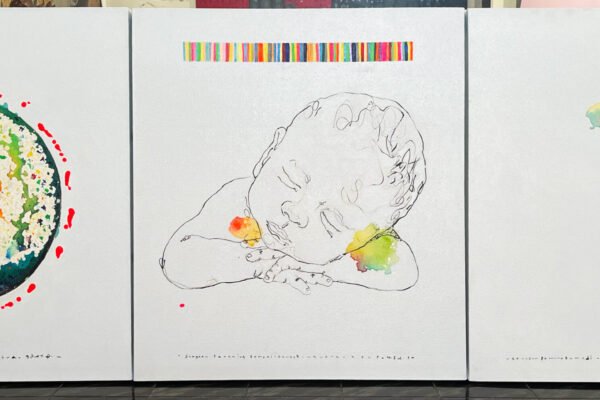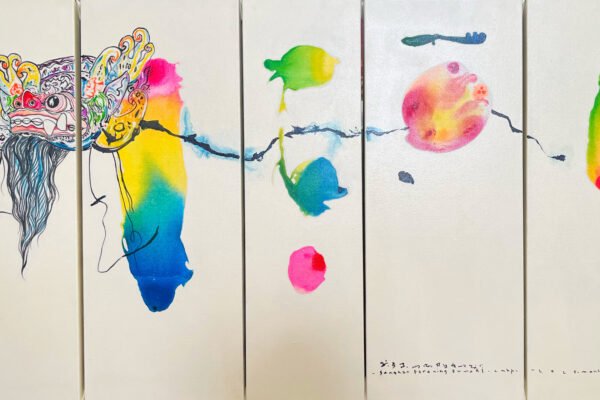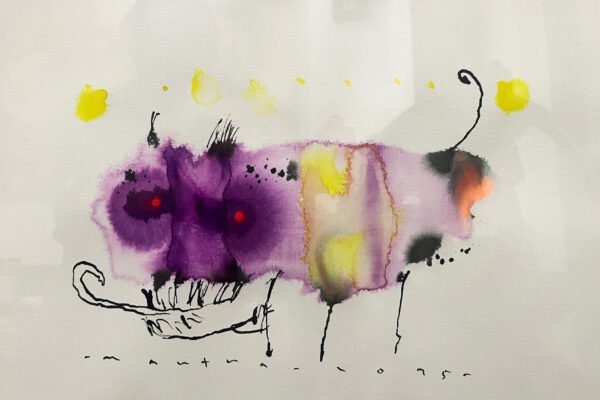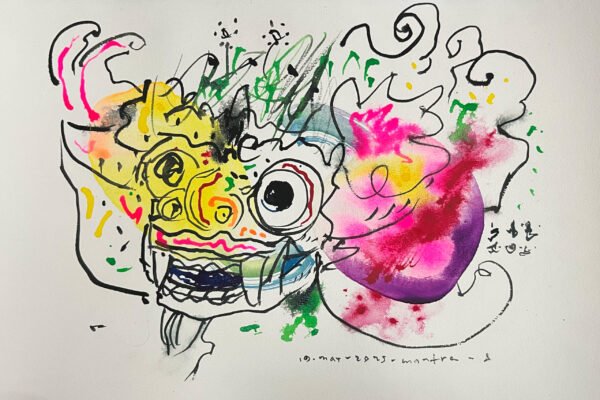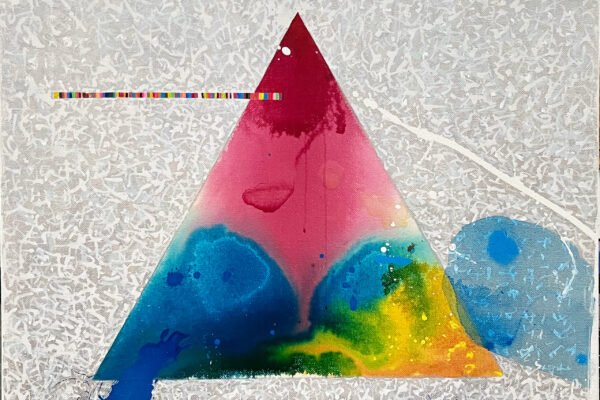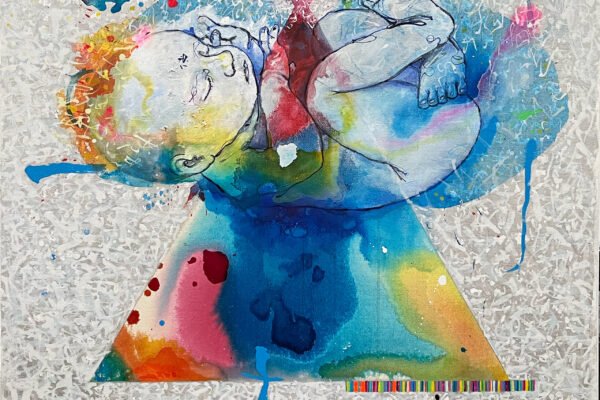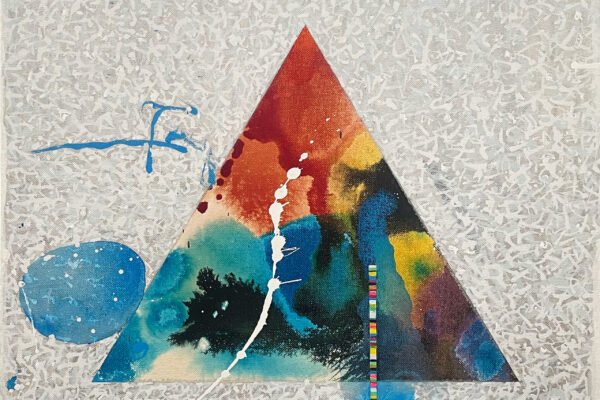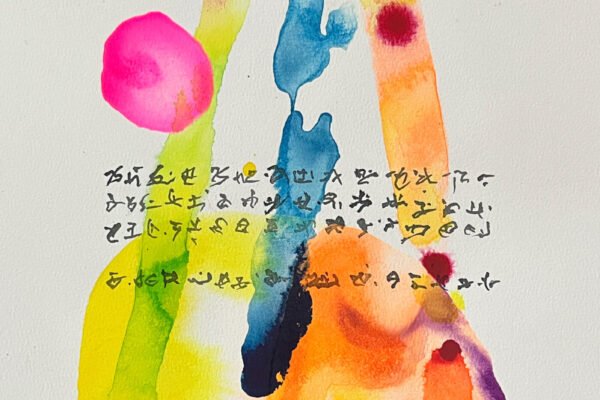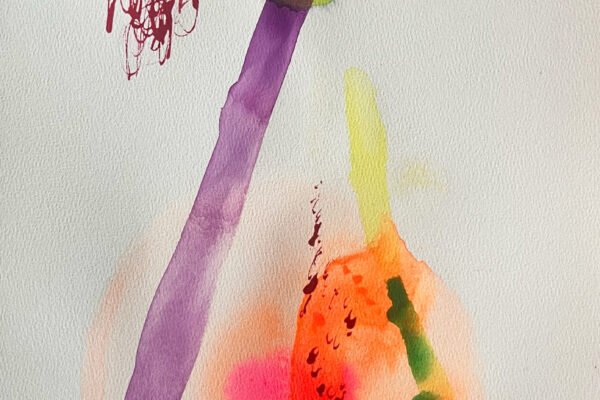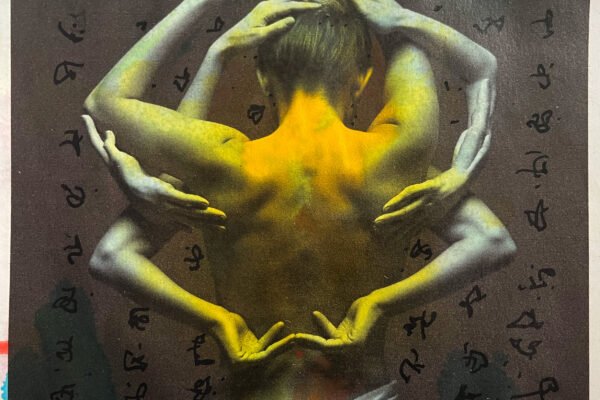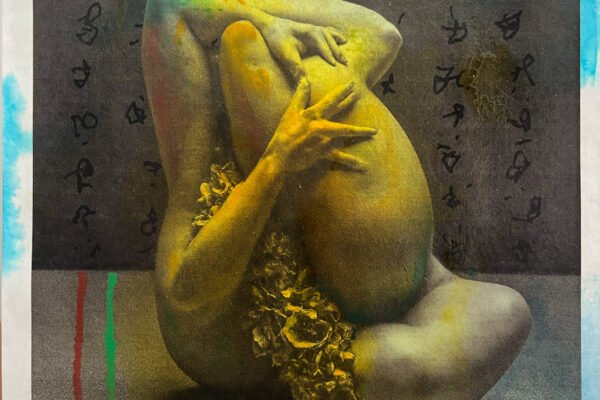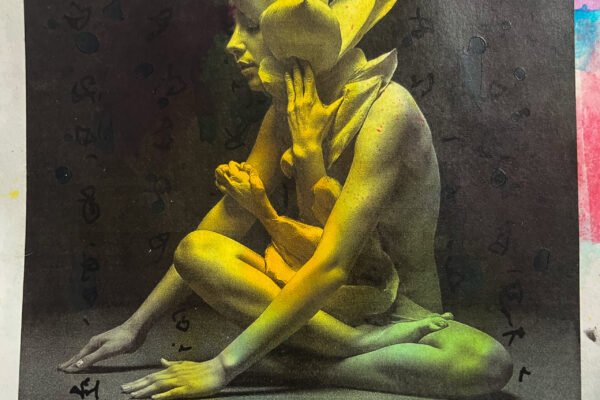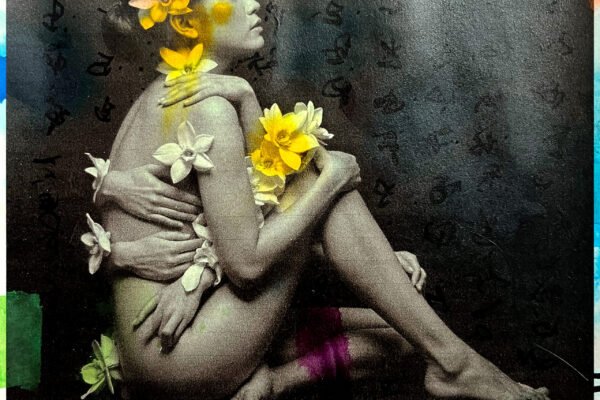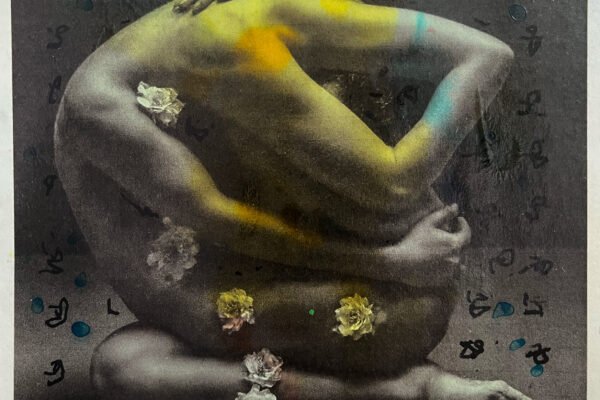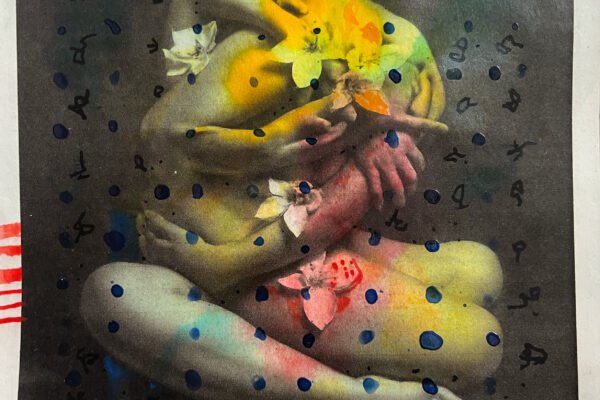Between AI, Exploration, and the Unconscious
Introductory essay by Mikke Susanto
In life, oxygen exists as an invisible yet essential element: it gives life to all beings, connects nature with the body, and symbolizes harmony between the visible and the hidden. From my conversation with Mantra Ardhana, this is the grand concept underlying his solo exhibition.
It’s important to note that Mantra is best known as a cross-disciplinary artist who dares to cross conventional boundaries. For him, art is no longer confined to canvas, paint, or traditional tools. As he firmly declares, “My music is a painting.” This is not only a metaphorical statement but also a representation of his approach to creation—where sound, frequency, video mapping, and artificial intelligence (AI) blend in the visual process.
This exhibition presents 39 works. He offers watercolor paintings on paper, canvases using diffused media techniques, and a performance art piece titled Unconscious Theory, which was the highlight of the opening. In it, Mantra performed for about 30 minutes, inviting the audience to absorb the visual pulse born from sound and imagery sourced from frequency waves, shifting his consciousness into another dimension.
Clearly, this is not just an ordinary art exhibition—it is a multisensory experience that reexamines the relationship between humans, mediums, and the civilizational rules that bind them. In this space, “oxygen” becomes a metaphor for freedom. You are free to inhale and exhale it. Meanwhile, Mantra breathes it in as a boundless element of his artistic process.


